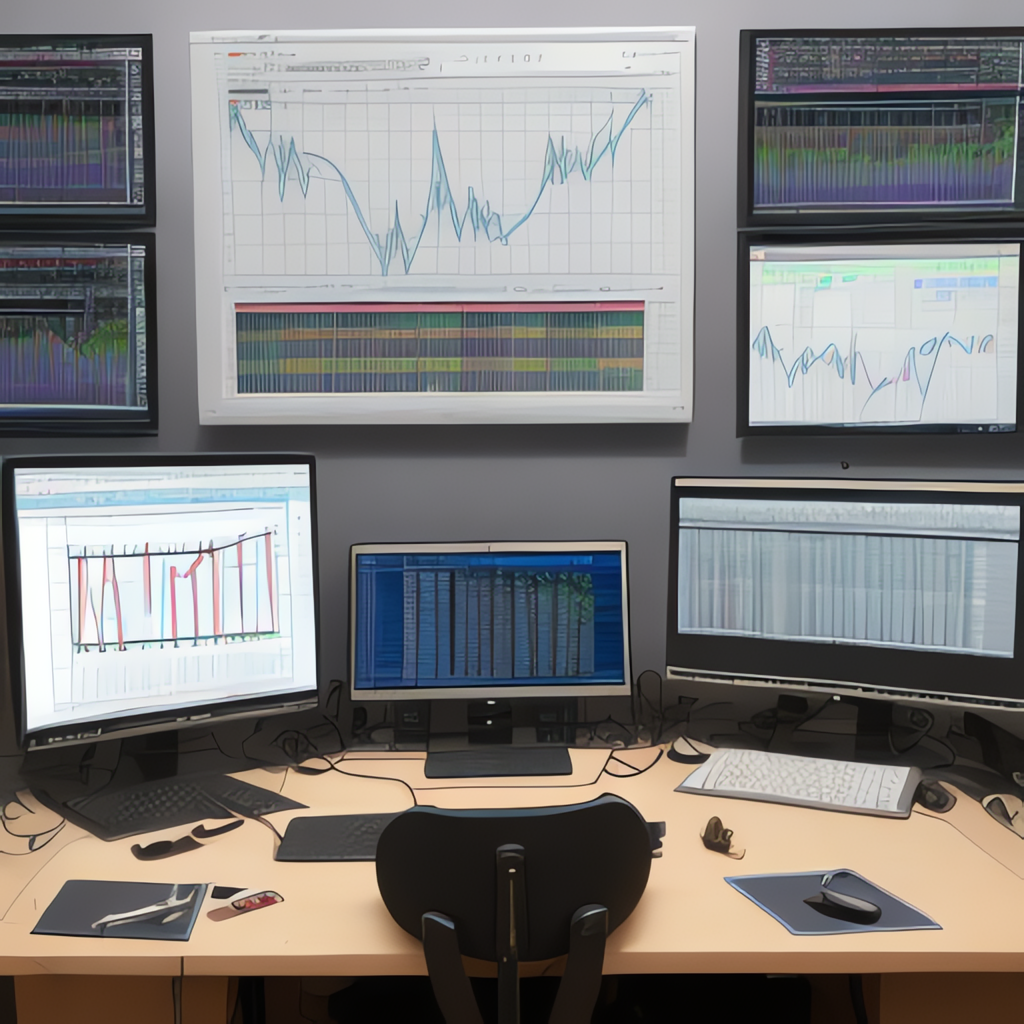Exploring the Visual Spectrum: A Comprehensive Guide to Essential Data Visualization Charts and Artifacts
In the vast ocean of data, deciphering the patterns and meanings can be a daunting task. Visualizing data through charts, artifacts, and graphs becomes indispensable for the effective communication of insights, patterns, and trends. This guide provides an in-depth exploration of several essential data visualization tools that aid in the comprehension and interpretation of data. From traditional bar charts to cutting-edge chart types, this comprehensive guide navigates through the different strategies for representing data visually.
1. **Bar Charts**:
Bar charts showcase the relationship between two variables, typically using rectangular bars to represent the magnitude of the variable. This type is particularly useful for comparing values across categories or tracking changes over time. A vertical bar chart is the standard, while a horizontal bar chart allows for easier viewing when dealing with longer labels.
2. **Line Charts**:
Line charts are used to depict data points connected by line segments, demonstrating trends over a continuous period. They are ideal for showing gradual changes and spotting patterns or correlations in the data, such as periodic fluctuations in stock exchange rates or temperature changes over months.
3. **Area Charts**:
An extension of the line chart, area charts emphasize the magnitude of change between data points. Data is plotted on an axis, and the points are connected by lines to form a polygon. The filled area under the line serves to highlight the volume of data over time, making it particularly suitable for datasets with considerable fluctuations.
4. **Stacked Area Charts**:
Stacked area charts display multiple time series data sets, allowing the viewer to see the relationship of parts to the whole. By layering or stacking colored sections of the area, this type of chart aids in comparing and contrasting the proportion of each data series over time, which is vital in areas like market segment analysis.
5. **Column Charts**:
Similar to bar charts, column charts display data through vertical bars. They are often preferred in time-series analysis when the data is more focused on comparisons at different points in time, such as sales figures from different quarters.
6. **Polar Bar Charts**:
Polar bar charts, also known as circular bar charts, plot data on a polar coordinate system, where bars are displayed radially emanating from the center. This type is useful for visualizing data in categories that are inherently circular, like seasonal analysis.
7. **Pie Charts**:
Pie charts are perhaps the most common type of chart for representing data as proportions. Each slice of the pie represents a category and its relative size indicates the proportion it makes up of the total. Ideal for showing the distribution of categorical data, such as the market share of different companies.
8. **Circular Pie Charts**:
Circular or donut pie charts are essentially pie charts with a hole in the center, allowing for multiple layers or charts to fit within. This design provides space for additional textual information without overcrowding the chart, making it easier to compare multiple sets of proportions in a single chart.
9. **Rose Charts**:
Rose charts, also known as spider or radar charts, are specialized for displaying multivariate data. The variables are displayed on axes evenly distributed around a central point. This type of chart is great for comparing two or more items across several dimensions, ideal for business performance indicators.
10. **Radar Charts**:
Radar charts are a variant of the rose chart, using radial axes and polygons to represent two or more quantitative variables. They are commonly used in performance analysis, where the scores of different features are plotted and connected by lines, forming a radar-like pattern.
11. **Beef Distributions**:
Beef distribution charts are a novel visualization tool specifically designed for visualizing distributions in data. They provide insights into the spread and density of data points for each category or group, making them useful for complex datasets and comparative analysis.
12. **Organ Charts**:
Organizational charts are visual representations of the structure of a company, displaying the relationships and relative ranks of its departments, roles, and staff. This type of chart aids in understanding the hierarchical and functional organization of the entity.
13. **Connection Maps**:
Connection maps highlight the relationships between entities in the data, typically using links to indicate associations or connections. They are particularly useful in network analysis, social network studies, and business intelligence applications.
14. **Sunburst Charts**:
Sunburst charts are hierarchical tree diagrams, where each level of the hierarchy is represented as a ring of petals. They are great for visualizing hierarchical data, such as categorizing products or market segments across different levels of aggregation.
15. **Sankey Charts**:
Sankey diagrams represent flows and connections between sources, flow amounts, and destinations. The width of the arrows or bands is proportional to the flow amount, making them ideal for displaying relationships and distributions in dynamic systems like energy use in a building or consumer spending across industries.
16. **Word Clouds**:
Word clouds are a playful yet effective way to visualize textual data, where the size of words corresponds to their frequency or importance. Perfect for summarizing sentiments or themes within a text, such as a transcript of customer feedback or news articles, these charts provide an instantly digestible overview of the most prevalent words or phrases.
Each type of chart, artifact, or graph discussed here is a tool within the vast toolbox of data visualization. Choosing the right one for your data and presentation goal is paramount. This comprehensive guide aims to shed light on the different strategies for visual representation, allowing for the most effective communication of insights and findings to diverse audiences.
